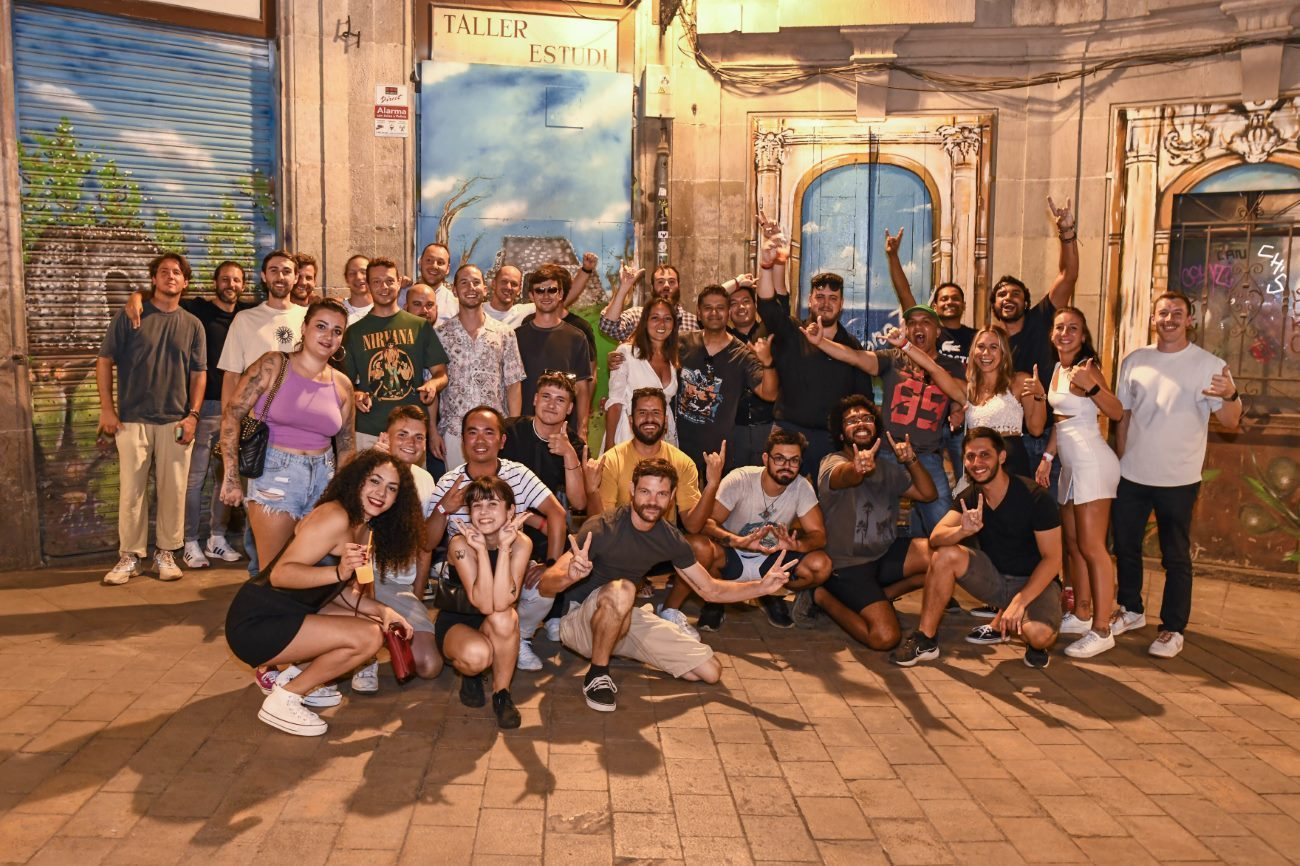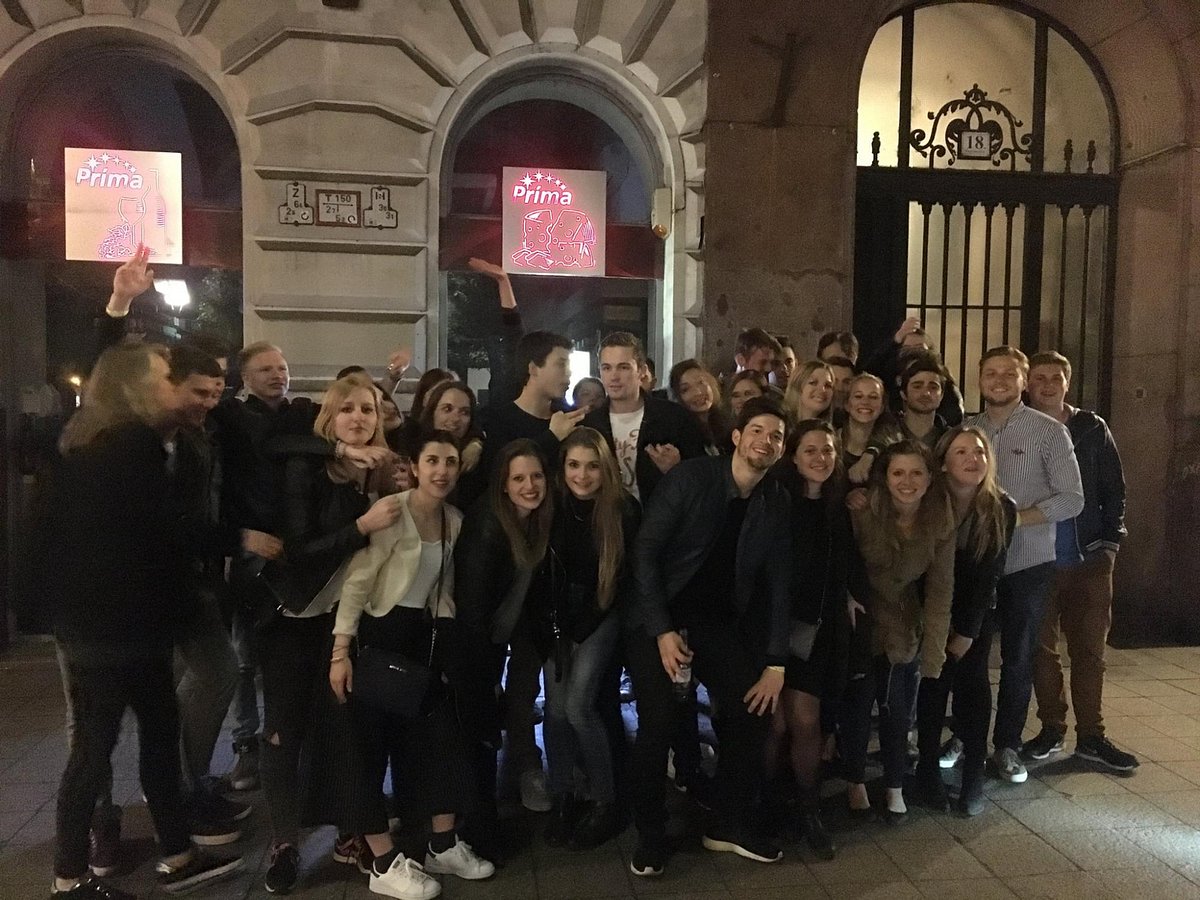Amsterdam also referred to as the city of Amsterdam is the capital and largest city of Netherlands famous for vibrant culture and historic past. A certain area in Amsterdam that I know many tourists flock to is the popular Red Light District. However, you may be wondering what the Red Light District is actually referred to as then. Now let’s move on to the subject to get more information.
But what is the Red Light District?
Amsterdam has it red light district which is famously known as “De Wallen”. This is a historic but very populated area that is located in the central part of the city and is among the oldest and most famous of the Dutch city. It is internationally infamously known for prostitution, adult entertainment, and entertainment quarters.
The Origins of De Wallen
De Wallen has been in existence since the early 14th century. It was previously meant for use as a legal prostitution zone for the town’s workers. The red lights in the windows were their signal that they were available. De Wallen has over the years experienced several transformation and legalization processes to avoid the abuse of the individuals involved and the customers.
What to Expect in De Wallen
As a whole, De Wallen is different and a myriad of hues will brighten up every guest. The place include; dark alleys that are filled with prostitution and drug peddling outlets such as; brothels, sex shops, coffee shops among others. The delight of the working ladies is highlighted through the red lit windows.
1. Window Prostitution
The blatant sex work practice commonly cited as “window prostitution”, or “tippelzones” make up the main part of De Wallen. Most sex workers rent cubicles with big glass windows where they present their bodies. This state is indicated by having a red light on above the window if one is interested in any sex worker.
2. Erotic Museums
Besides the window prostitution, De Wallen also has few erotic museums it hosts. These museums should give the visitors fascosating insights into the history of prostitution in Amsterdam. They display several relics, artworks and information concerning the different periods and activities.
3. Coffee Shops and Bars
De Wallen is not limited to prostitution and striptease shows. The area also comprises numerous coffee shops in which visitors may legally buy and use cannabis products. Also there are many bars, restaurants and cafes to meet the needs of the population that has rather extraordinary preferences.
The Legal Framework
The readers must be informed that the Red Light District in Amsterdam is legal. What is legal in the Netherlands is prostitution per se, provided it is governed by some measures for the protection of the employees involvements. The government has passed legislation to prevent human trafficking services and to assist those individuals engaged in the trade with adequate services and equipment.
Tips for Visiting De Wallen
However, it is important that if you are going to be wandering around the Red Light District that you do so with proper respect towards the place and the people. Here are a few tips to ensure a positive experience:
Sex workers are not to be photographed or any shots taken of their windows, this is unlawful and inconsiderate.
That is why they should not touch the sex workers or get close to them in any way, harassing them.
Avoid using or being close to large crowds, but if you have to be near them make sure you exercise caution.
It is also important to note that the Red Light District is also a residential area so; loud noise making should also be prohibited.
More information can be obtained in local offices and information centers, if you have any questions or concerns concerning the area.
Red Light District and Beyond
As much as De Wallen is a popular and captivating tourist attraction in Amsterdam the city has more to offer. Stockholm is best known for its royal history, breathtaking bridges, beautiful palaces, and nightclubs. It would be best to avoid the Red Light District while visiting but it is recommended to spend time to learn the history of the city and go to great museums – the Van Gogh Museum and the Anne Frank House or just take a walk in the streets unseen by tourists.
Each country only has a small number of streets that fit the image of the red-light district, De Wallen is one of them. It’s a place of history faces tolerance, social issues. Knowing where it comes from, how it works, which general rules are set to guarantee that visits are done in respect with the residents, one can freely and with great interest explore this amazing district.





